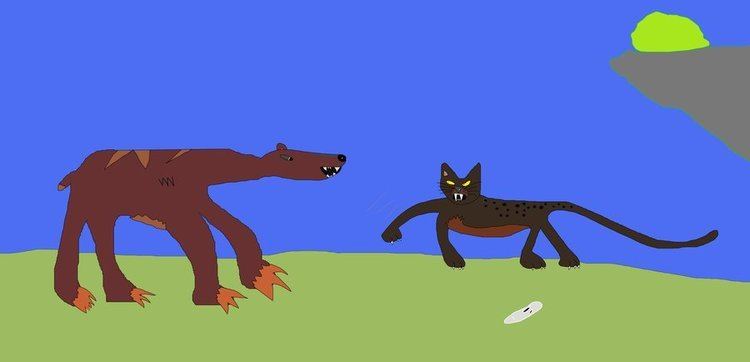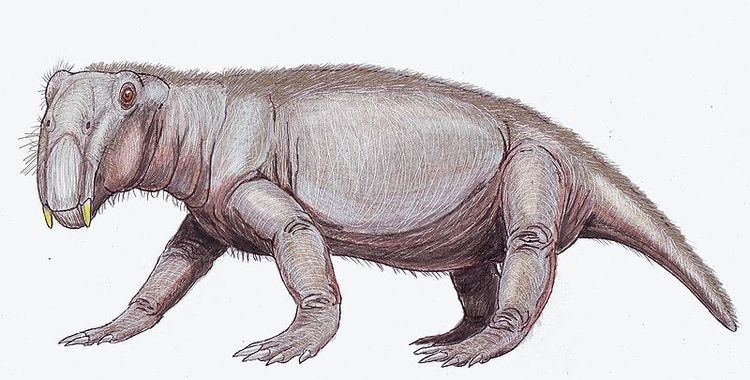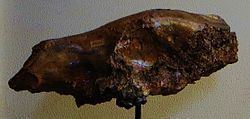Rank Genus | Subfamily Amphicynodontinae | |
 | ||
Similar Plionarctos, Indarctos, Kolponomos, Ursavus, Plithocyon | ||
Arshad iqbal burki squash parictis
Parictis is the earliest genus of bear known. It was a very small and graceful ursid with a skull only 7 cm long. Parictis first appeared in North America in the Late Eocene (ca. 38 million years ago), but it did not arrive in Eurasia until the Miocene. There is some suggestion that Parictis may have emigrated from Asia into North America during the major sea level low circa 37 mya, because of the continued evolution of the Amphicynodontinae into the Hemicyoninae in Asia. Although no Parictis fossils have been found in East Asia, Parictis does appear in Eurasia and Africa but not until the Miocene.
Contents

Species

Formerly classed under Parictis


References
Parictis Wikipedia(Text) CC BY-SA
